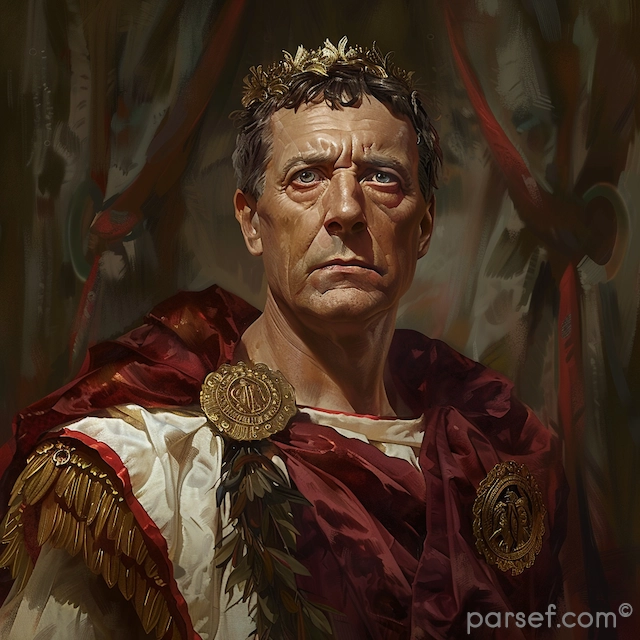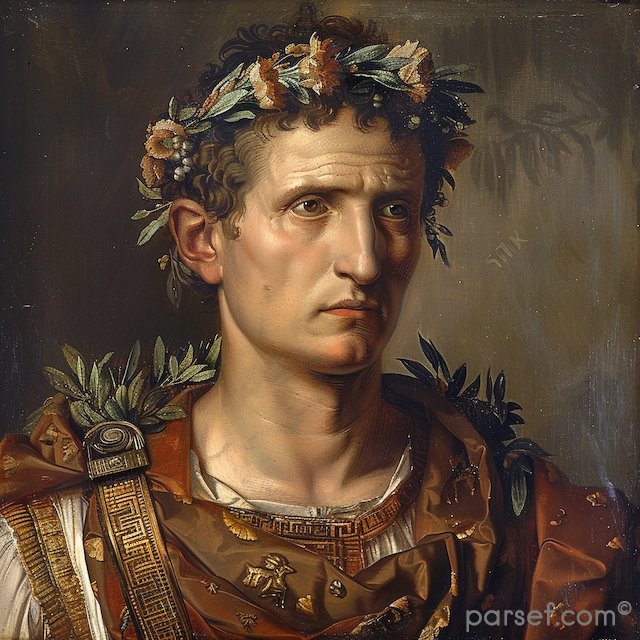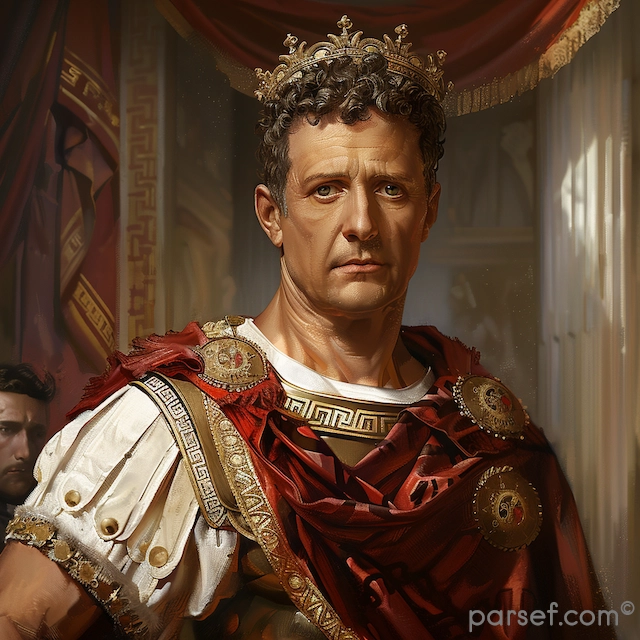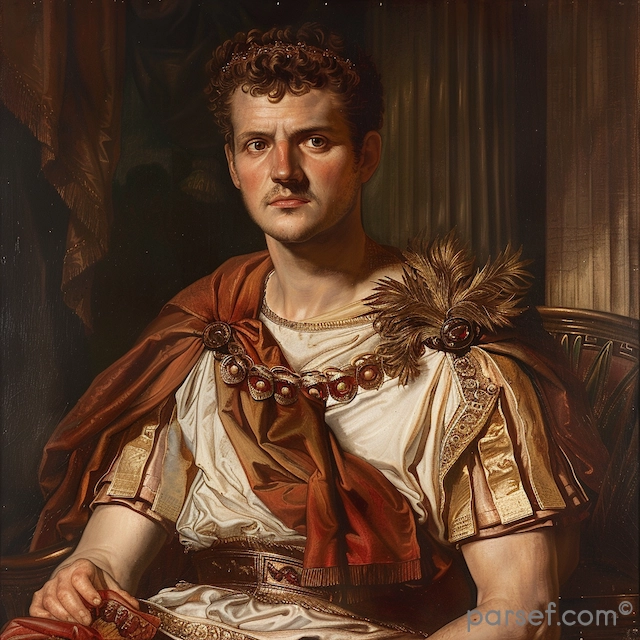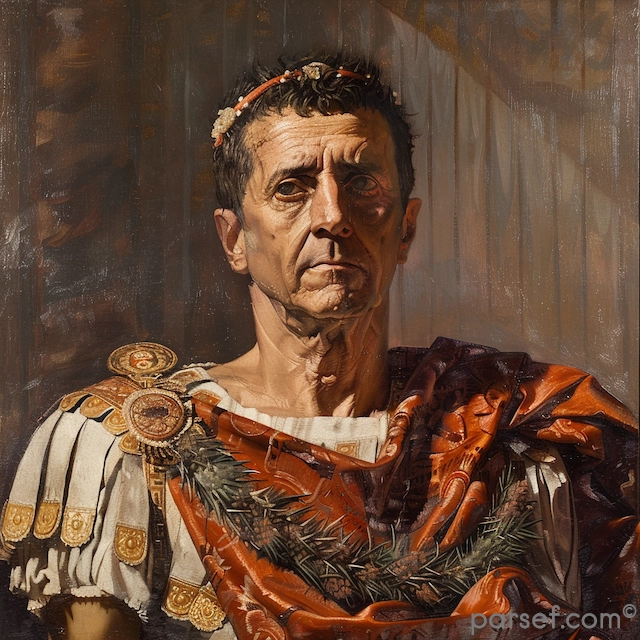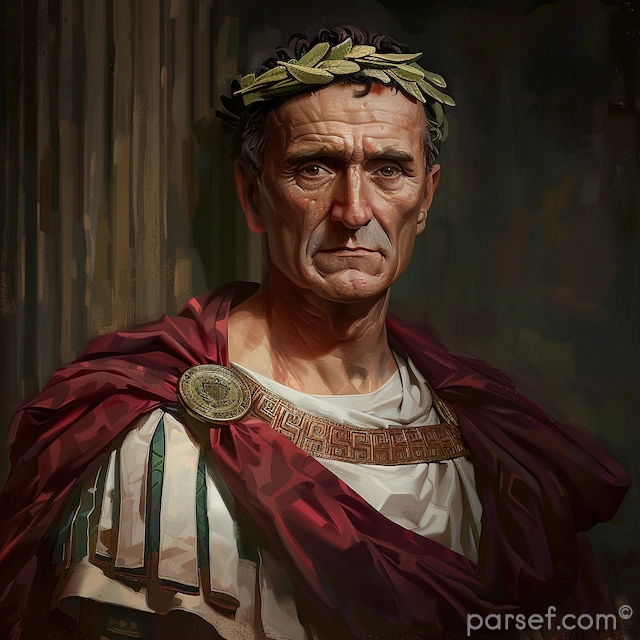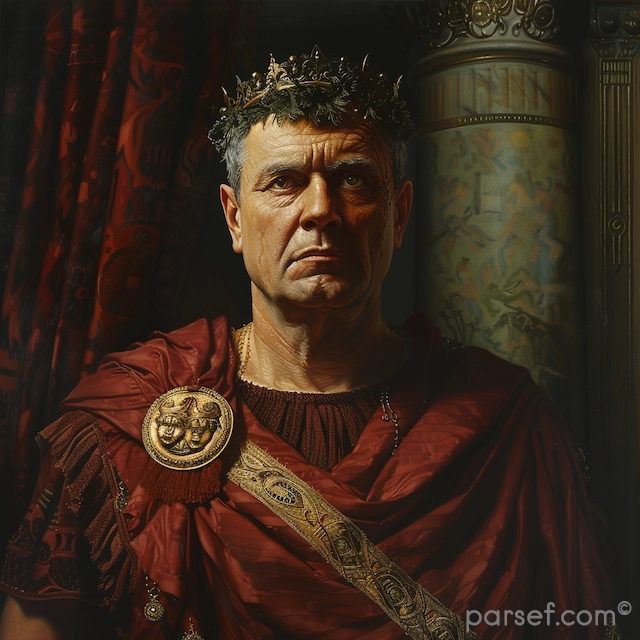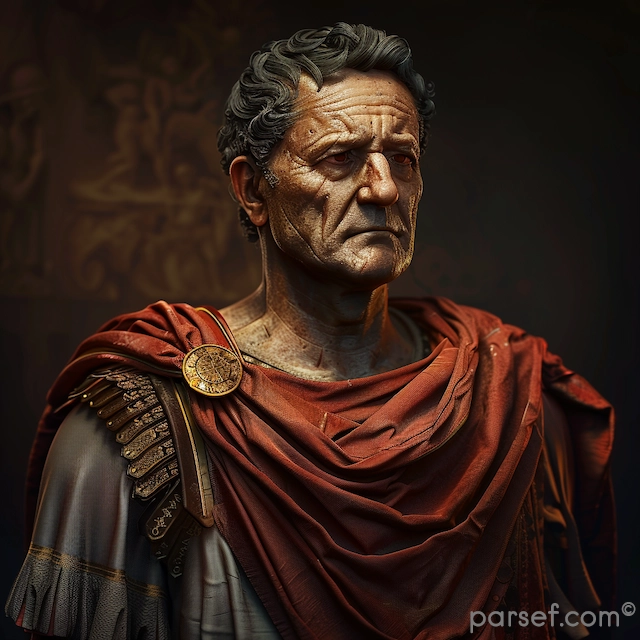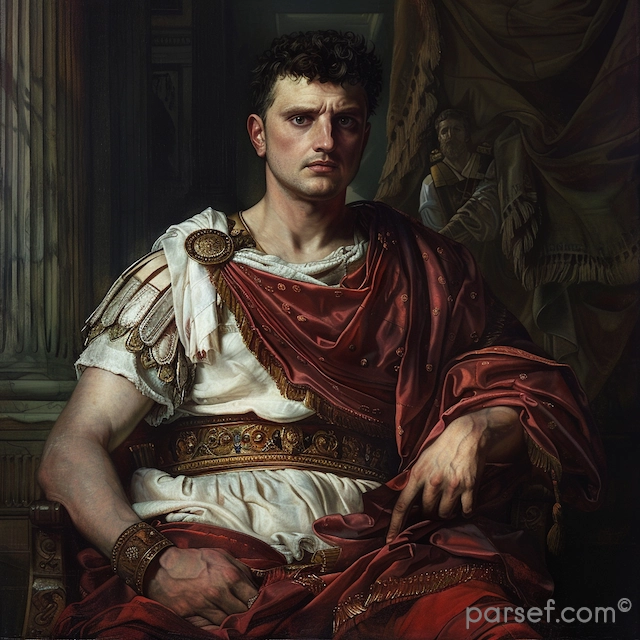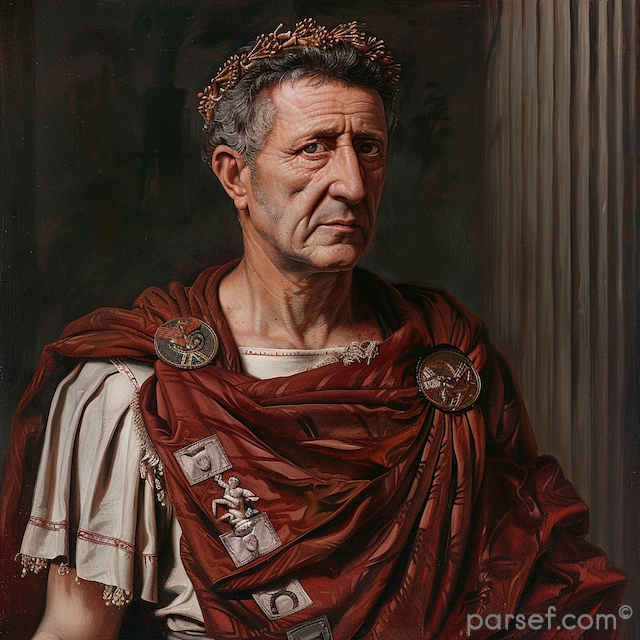Hadrian: Building Walls and Bridges in Ancient Rome

In the annals of Roman history, Emperor Hadrian stands out as a multifaceted ruler known for his significant architectural projects, military achievements, and contributions to the empire's cultural development. His reign, from 117 to 138 CE, was marked by a commitment to both defending and connecting the vast Roman territories. In this article, we explore the life and accomplishments of Hadrian, the emperor who built walls to protect and bridges to unite the ancient Roman world.
Early Life and Accession
Born in 76 CE, Hadrian was of Spanish descent, hailing from the province of Hispania. His path to the imperial throne was unconventional, as he was adopted by Emperor Trajan on his wife's deathbed, making him Trajan's heir and successor.
Defensive Fortifications: Hadrian's Wall
One of Hadrian's most enduring legacies is the construction of Hadrian's Wall in Britannia (modern-day England and Scotland). Built between 122 and 128 CE, this 73-mile-long fortification marked the northernmost boundary of the Roman Empire. The wall, constructed of stone and timber, served as a defensive barrier against barbarian tribes and provided control over border crossings.
Bridge Building: The Pont du Gard
While Hadrian is renowned for fortifying the empire's borders, he also invested in infrastructure projects that improved Roman life. In the province of Gallia Narbonensis (modern-day southern France), he oversaw the construction of the Pont du Gard, an impressive aqueduct bridge. This marvel of engineering, built using cut limestone blocks, carried water to the city of Nemausus (Nîmes) and demonstrated Roman expertise in water management.
Cultural Contributions: Hadrian's Villa and the Pantheon
Hadrian's passion for art and culture was evident in his architectural projects. His grand villa in Tivoli, Italy, known as Hadrian's Villa, showcased his eclectic tastes, featuring a blend of Greek, Roman, and Egyptian architectural elements. This sprawling complex included palaces, gardens, and replicas of famous buildings from around the empire.
Another iconic structure associated with Hadrian's reign is the Pantheon in Rome. This temple to all the gods, known for its massive dome, remains one of the best-preserved Roman buildings. Its enduring design has influenced architecture for centuries.
Enduring Legacy and Death
Hadrian's reign was marked by a combination of military vigilance and cultural patronage. He implemented fiscal reforms and emphasized the importance of a stable currency. His architectural and cultural contributions left an indelible mark on the Roman Empire.
Hadrian's death in 138 CE marked the end of an era. He was succeeded by Antoninus Pius, who continued many of Hadrian's policies.
Hadrian's reign exemplified the multifaceted nature of Roman emperors. He built walls to protect the empire's frontiers and bridges to connect its provinces. His cultural patronage and architectural innovations continue to inspire admiration and study, reflecting his enduring impact on the Roman world and the broader history of architecture and culture.
Related Posts
The Colossal Footprint: Exploring the Roman Empire at its Greatest Extent
The Roman Empire, a name that evokes images of gladiatorial combat, sprawling aqueducts, and stoic emperors, wasn't just a powerful state; it was a colossal empire that stretched across continents. But how vast was its reach at its zenith? This post delves into the greatest extent of the Roman Empire,...
Read MoreCaracalla: The Emperor of Bloodshed and the Architect of Roman Citizenship
Caracalla, son of the formidable Emperor Septimius Severus, is a complex and contradictory figure in Roman history. Often remembered for his brutality and paranoia, he is equally renowned for one of the most far-reaching edicts in Roman law. His reign was marked by a tumultuous blend of violence and reform. Shortly...
Read MoreAugustus: The Architect of Imperial Rome’s Golden Age
In the grand tapestry of ancient Rome's history, one name stands out as a pivotal figure who played a transformative role in shaping the destiny of an empire. That name is Augustus, the first Roman Emperor, whose reign marked the beginning of a remarkable era known as the Pax Romana...
Read MoreLiving Smarter in 2025: A Holistic Guide to Thriving in the Modern World
As we advance further into the digital age, life in 2025 is defined by a seamless fusion of technology, tradition, and personal growth. From AI-powered finance to deeply rooted spiritual customs, from smart home living to innovative educational tools, people today are reimagining how to live, work, worship, and grow. This...
Read MoreElagabalus: The Controversial Reign of Rome’s Youngest Emperor and His Religious Revolution
Elagabalus, born Varius Avitus Bassianus, is one of the most enigmatic and controversial figures in Roman history. Elevated to the imperial throne at the tender age of fourteen, his reign was marked by extravagance, scandal, and a radical religious transformation. His rise to power was as dramatic as his subsequent reign....
Read MoreCommodus: The Emperor Who Blurred the Lines Between Rome’s Greatest Ruler and Its Most Notorious Madman
Commodus: a name that evokes both awe and abhorrence. Son of the legendary Marcus Aurelius, philosopher-emperor and author of the iconic Meditations, Commodus inherited a realm at the zenith of its power. Yet, his reign would irrevocably alter Rome's trajectory. Was he a brilliant general, a cunning politician, or a megalomaniacal...
Read More